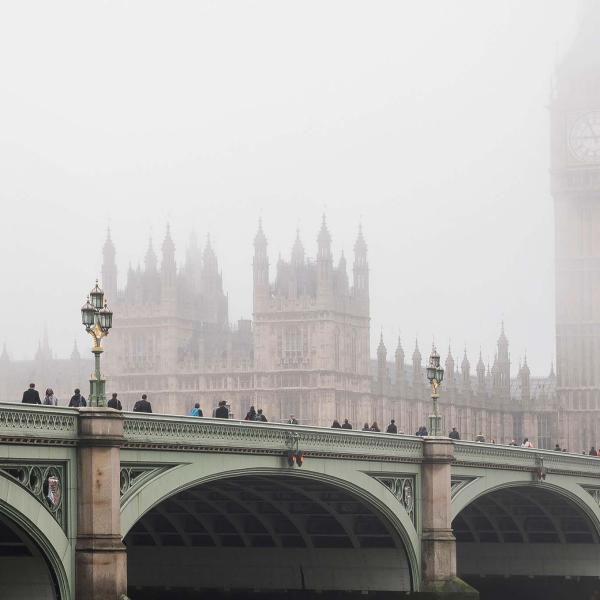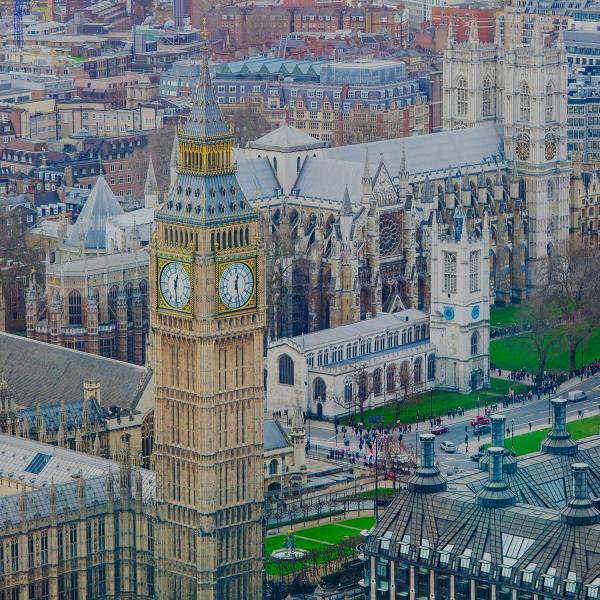The government has pledged to eradicate child poverty within a generation. As an intermediate target, it has also set itself the goal of reducing the number of children in poverty by at least a quarter by 2004. In practice, this means reducing by a quarter the number of children in households that have incomes below 60% of the median, which can be measured either before or after housing costs. Like the government, we focus on the latter measure. There were 4.2 million children in poverty on this definition in the base year of 1998-99, which implies a target of around 3.1 million in 2004-05.
By 2000-01 the number of children in poverty on this definition had fallen to 3.9 million. So if the government is to hit its target, child poverty must fall by a further 0.8 million. This is an average of 200,000 a year, which is faster than it has fallen to date.
Our best estimate is that existing tax and benefit reforms will take 800,000 children out of poverty between 2000-01 and 2004-05, but that the rise in the median income from earnings growth will ѭove the goalposts' and put 200,000 back in. This implies that the government would fall 200,000 short of its target on the after-housing-costs measure, although there are uncertainties around this prediction.
If our estimates are correct, the government could argue that it is on course to hit its target on the before-housing-costs measure of poverty. But what could it do to expect to meet the target on the after-housing-costs measure? We estimate that taking a further 200,000 children out of poverty could be achieved by raising the per-child element of the child tax credit by ó per week (on top of the increase in line with average earnings that has already been promised) at a cost of £1 billion.
Greg Kaplan, one of the authors of the chapter, said "The Government is set to achieve a large reduction in the number of children in poverty. Despite this it might still fall short of its target, based on family income after housing costs, by 200,000 children. To expect to meet this target we estimate that the Chancellor will need to find an extra £1 billion for low-income families with children."
| Ends |
Notes:
- This is an analysis prepared for the IFS Green Budget 2003, our comprehensive analysis of the tax and spending issues confronting the Chancellor as he draws up his spring Budget. The Green Budget will be launched on Wednesday 29th January. A press briefing will take place at 11am at IFS, with the content of the briefing and the Green Budget itself embargoed for 14.30 on 29th January.
- The chapter can be downloaded here: What do the child poverty targets mean for the child tax credit?.
- The IFS Green Budget: January 2003, edited by Robert Chote, Carl Emmerson and Helen Simpson, is published on 29th January 2003 and is available from the IFS, 7 Ridgmount Street, London, WC1E 7AE, price ô0 (ñ5 to IFS members), telephone 020 7291 4800 or email @email.
- Other topics covered in the Green Budget will be: Planning the public finances; IFS public finance forecasts; Income tax and National Insurance contributions; Company taxation and innovation policy; Childcare subsidies; Measuring public sector efficiency; The distributional effects of fiscal reforms since 1997.









